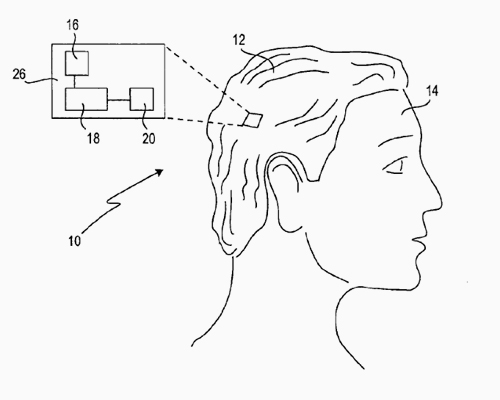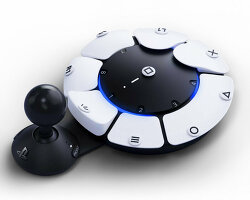sony patents smart wig: wearable computing device
all images courtesy USPTO
forget smart watches and smart glasses, it seems sony has different plans for the future of wearable technology. the japanese electronics manufacturer has just been approved for a wearable computing patent in the form of a wig from 2012. the talking toupee would cover at least a part of a users head interfacing with hidden embedded processing units and sensors such as GPS, ultrasound transducers and would integrate Wi-Fi connectivity. within the patent, sony has also proposed to incorporate a built-in communication system within the wig that features a miniature video camera capable of taking photos, with a small speaker and microphone.
the patent describes the interface as follows:
‘wearable computing device, comprising a wig that is adapted to cover at least a part of a head of a user, at least one sensor for providing input data, a processing unit that is coupled to the at least one sensor for processing said input data, and a communication interface that is coupled to the processing unit for communicating with a second computing device. the at least one sensor, the processing unit and the communication interface are arranged in the wig and at least partly covered by the wig in order to be visually hidden during use.’
to see full full patent details, see here.
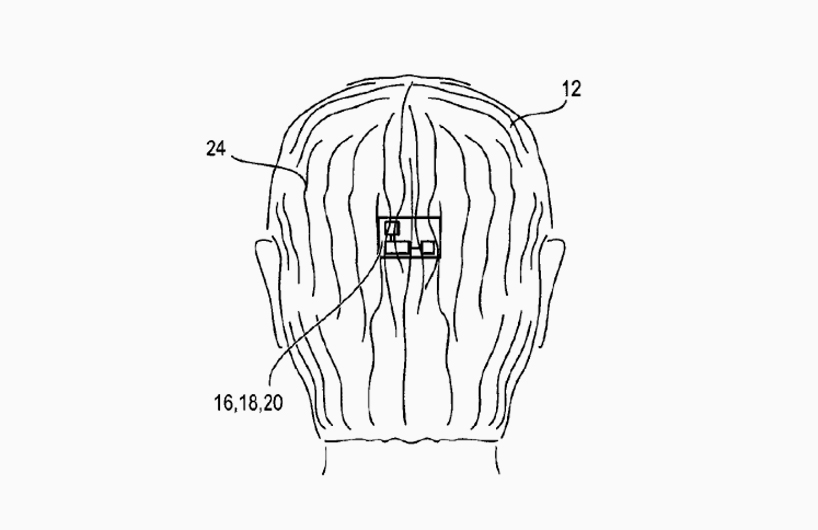
‘the wig itself may have a fancy or funny appearance, but may also have an inconspicuous appearance so that other people in the surrounding of the user may not even take notice of the wearable computing device’
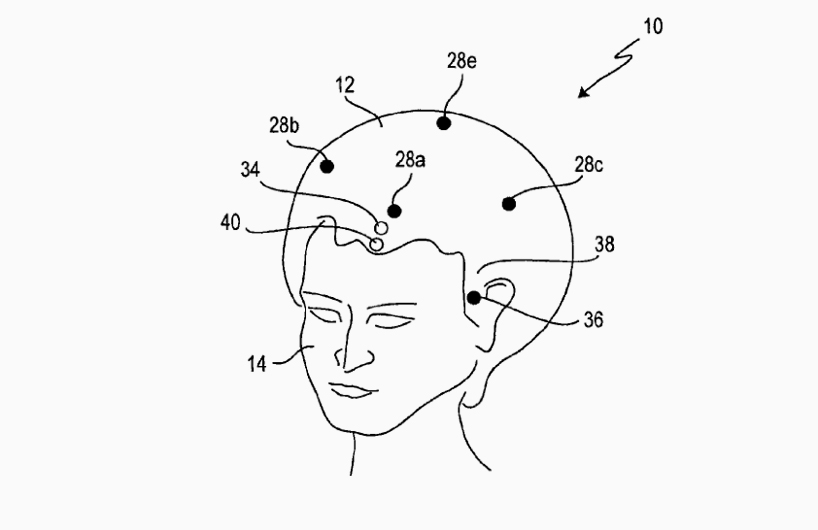
‘the ‘smartwig integrates different types of computational functions within a wig, leading to a smart and intelligent type of wig that has so far not been known.’
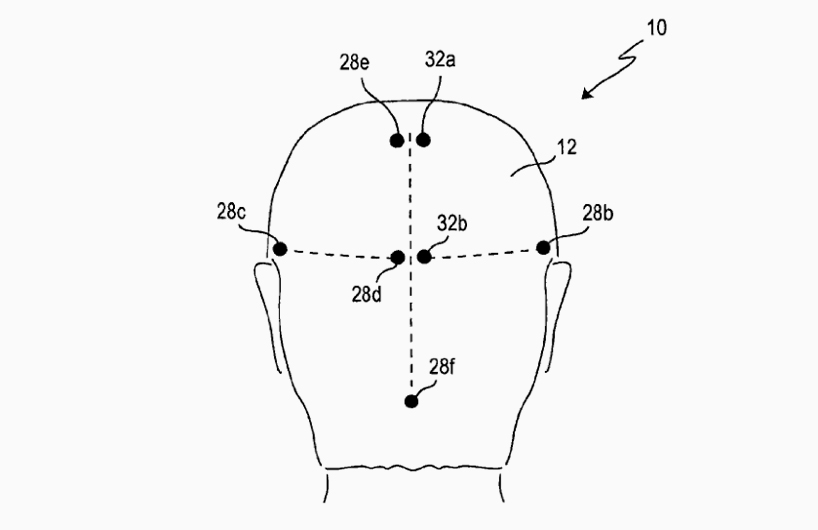
‘the arrangement within a wig that is adapted to cover at least a part of the user’s head enables the user to immediately react even if the computing device provides only small or weak feedback’
